Phrozen Sonic Mini 4K is the best match with Aqua-Gray 4K as the two work seamlessly to create high-quality 3D models in 4K resolution, allowing you to create all the intricate designs you need with perfection.
Sonic Mini 4K offers 4K resolution printing at 35µm with a large printing area of 6.1,” producing highly detailed 3D models, while taking only 2 seconds to print a single layer.
In order to produce high-resolution prints, the exposure of every single resin layer to UV light is crucial. For this, we need to have just the right balance between light bleeding and curing time. If too much light penetrates through resin, the models won’t be as detailed or as defined.
What’s so Special about Aqua-Gray 4K?

Using a combination of Sonic Mini 4K and Aqua-Gray 4K Resin, a Keanu Reeves model was printed to display all the fine details.

What makes Aqua-Gray 4K different?
With high 4K resolution, Phrozen Aqua-Gray 4K resin effectively removes the tiniest of lines between each layer, presenting even the fine support structures, and hollow openings at the bottom of the model with accuracy.


In comparison, regular 2K resins produce models that aren’t as detailed and include many textured lines.
- Viscosity: 230-330 Cps
- Surface Hardness, Shore D: 75-80 Shore D
- Tensile Strength (Break): 26-28 Mpa
Viscosity: This refers to how thick and sticky the resin is. The lower the Cps unit, the less sticky the resin will be.
Surface Hardness: This refers to the toughness of the models once it has been printed out. The higher the value, the more durable the model will be.
Tensile Strength: This is used to refer to how much strength is need to break the model. The higher the value, the less brittle the models will be.
Aqua-Gray 4K Resin VS Other Resins

With its distinct features, Aqua-Gray 4K resin allows you to produce high quality of work with sharper and smoother results in tandem with Sonic Mini 4K.
Check out our next post in which we demonstrate how to print this exact model step by step using Aqua-Gray 4K resin and Sonic Mini 4K !

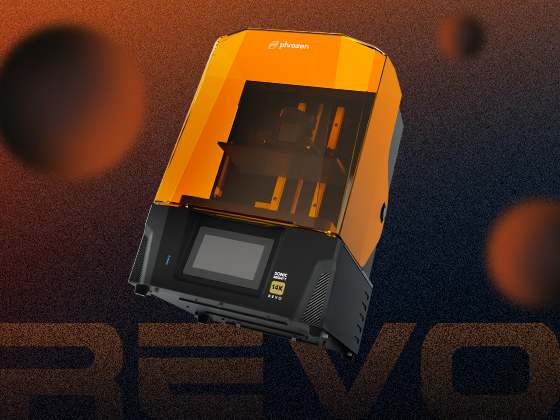
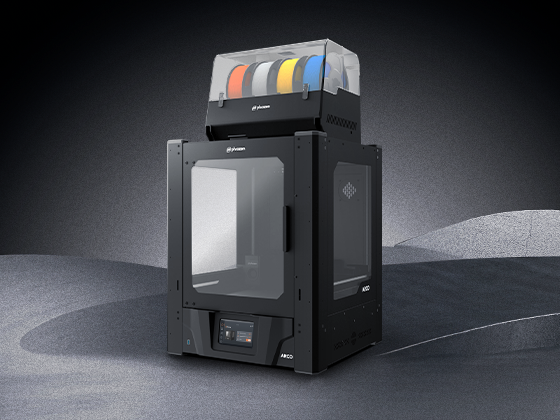
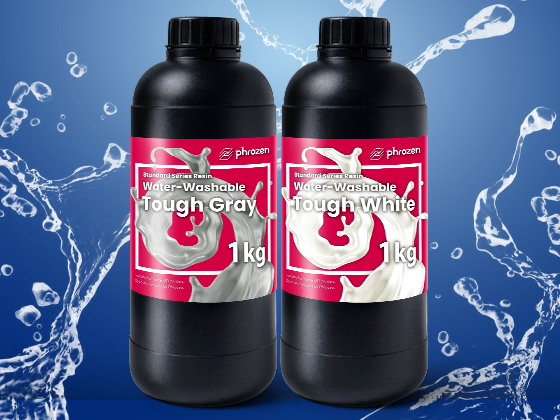
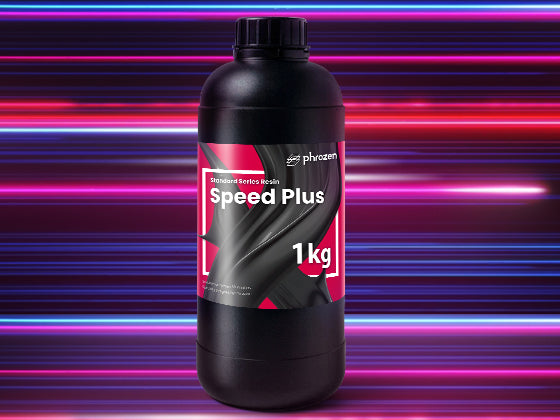
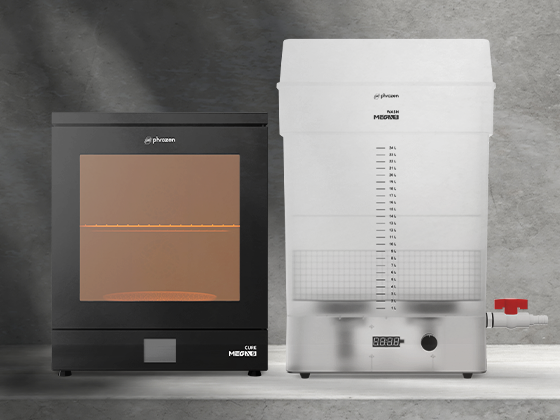
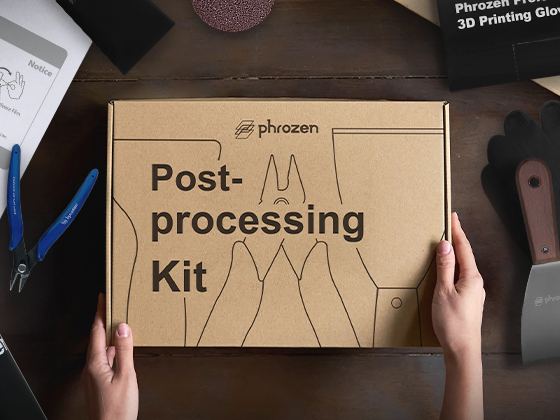
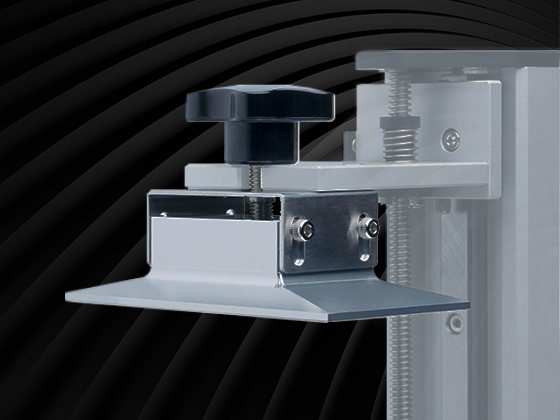
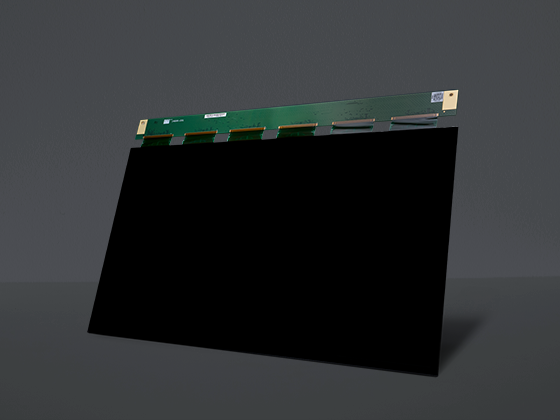
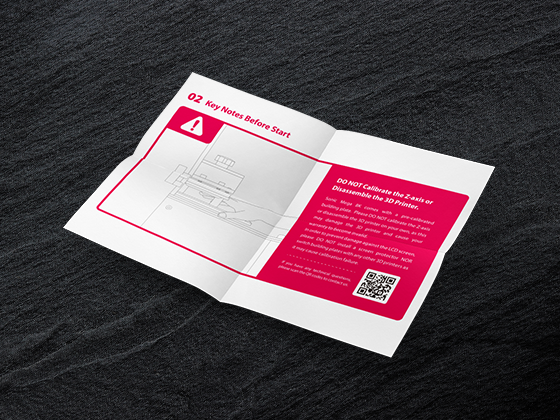
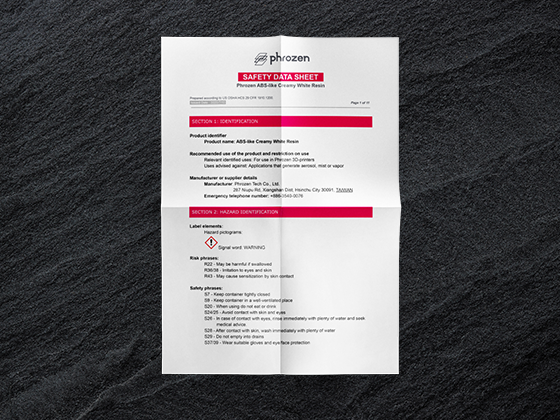
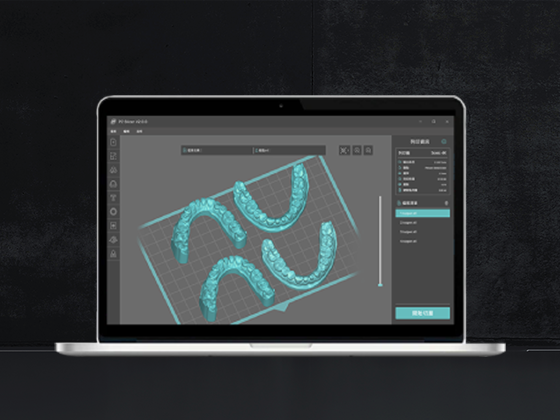
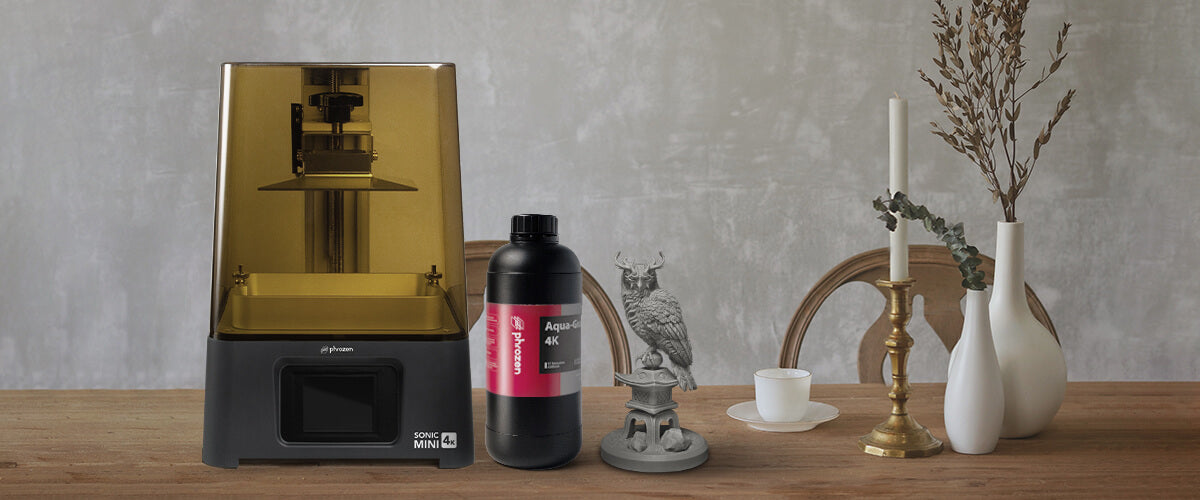


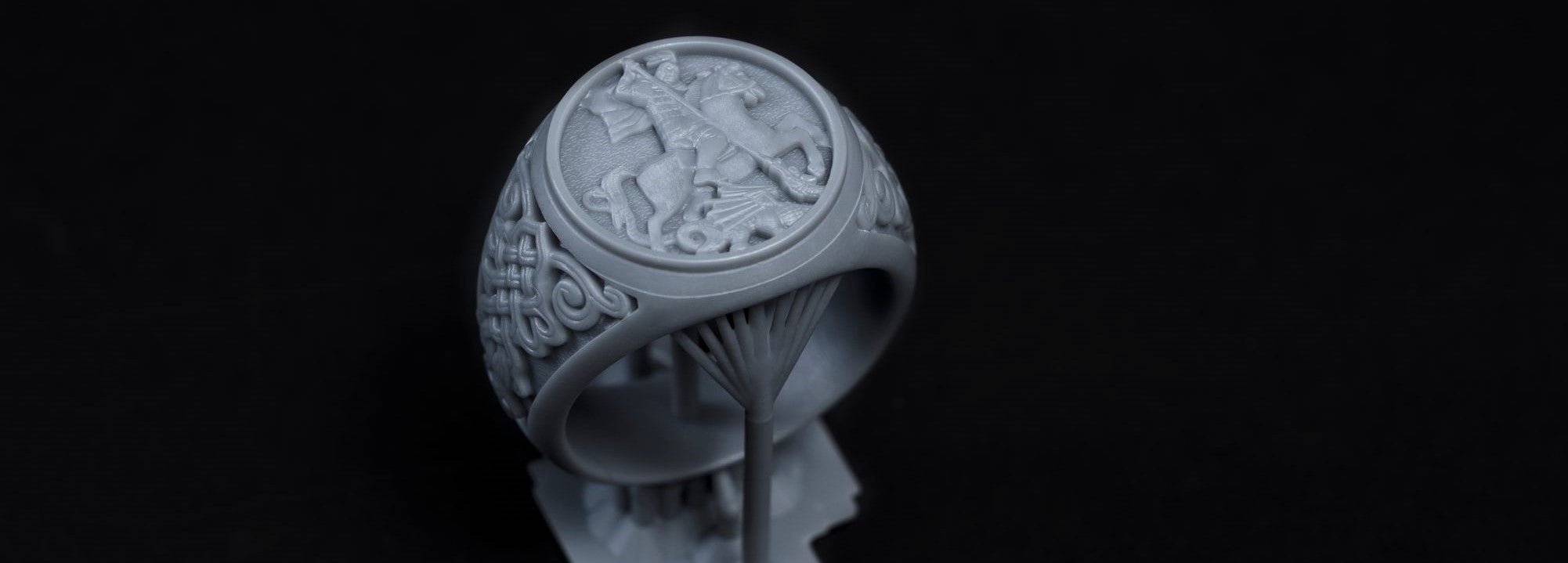
2 comments
Horst
thanks for the answer but actually thats the contradictory point of my note. the user man says 26-28 mpa while here it’s said to be 2mpa :
“Tensile Strength (Break): 2 Mpa "
But anyway, thanks for the link.
———
Phrozen Technology replied:
Hello Horst, Thank you for commenting.
The number on this article might be a typo. We will check on that later and edit it to the correct one, thank you for pointing that out.
Best, Phrozen Team
>
thanks for the answer but actually thats the contradictory point of my note. the user man says 26-28 mpa while here it’s said to be 2mpa :
“Tensile Strength (Break): 2 Mpa "
But anyway, thanks for the link.
———
Phrozen Technology replied:
Hello Horst, Thank you for commenting.
The number on this article might be a typo. We will check on that later and edit it to the correct one, thank you for pointing that out.
Best, Phrozen Team
>
Horst
2 mpa, are you sure?
———
Phrozen Technology replied:
Hello, Thank you for commenting.
For the details about physical properties of the product, please check the manual regardingly. You can find the manual of or resin products on this page: https://phrozen3d.com/pages/user-guide
Hope this helps.
Best, Phrozen Team
>
2 mpa, are you sure?
———
Phrozen Technology replied:
Hello, Thank you for commenting.
For the details about physical properties of the product, please check the manual regardingly. You can find the manual of or resin products on this page: https://phrozen3d.com/pages/user-guide
Hope this helps.
Best, Phrozen Team
>